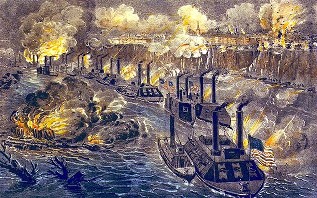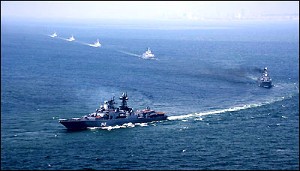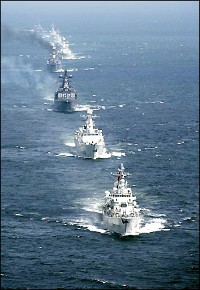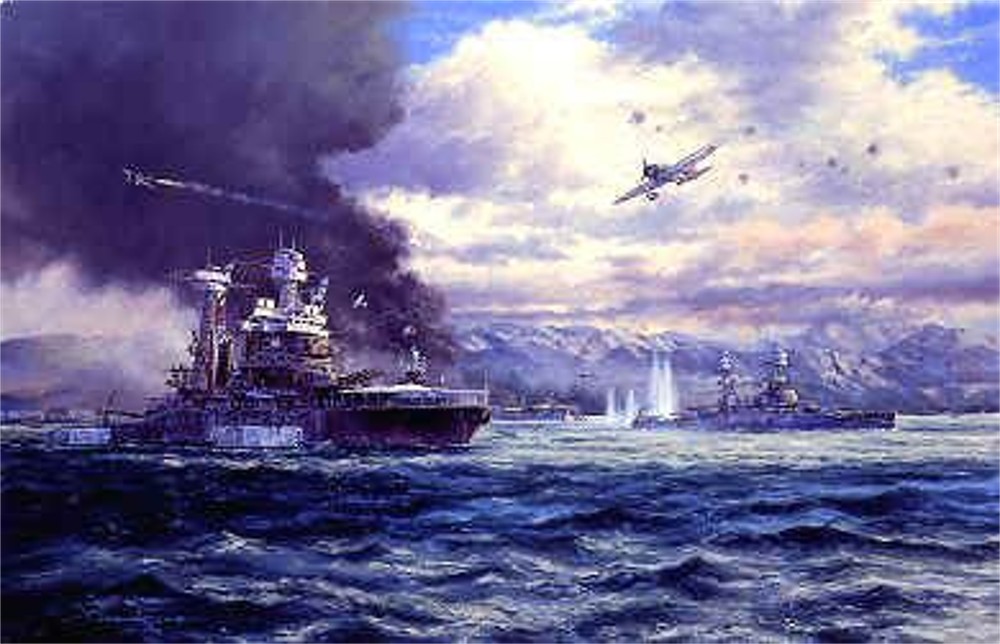Naval Blockade


The concept of blockade.....the interdiction of an enemy's maritme traffic by naval forces..... is as old as history, while its principles have transcended changes in technology.From an Athenian captain standing off the harbor of Syracuse in 413 B.C. to an American Admiral sailing into the Persian Gulf in 1990, the central tenets have remained the same : confine enemy warships to port, protect your own nation's coasts and shipping from attack; capture, destroy, or turn away merchant shipping succoring the enemy; and launch rapid raids against the enemy's coast, damaging infrastructure and weakening the enemy's will to resist.

American warships participated in the British blockade of the North Sea in World War I and isolated both Germany and Japan from international trade in World War II . The Clod War found the U.S.Navy operating blockades along the coasts of Korea and Vietnam, as well as prosecuting a brief but vigorous "quarantine" of Cuba during the Cuban Missle Crisis of October 1962.

As the Cold War ended, the U.S.Navy and its allies enforced an effective blockade of Iraq during the Gulf War of 1990-1991. In keeping with the principles of the blockade , naval forces raided ashore, thus diverting numerous Iraqi troops to coastal defense, and supported offensive action with naval air, cruise missles and accurate 16-inch gunfire from the battleship Wisconsin (BB64).

After the end of the conflict, naval forces never left the Arabian Gulf, continuing to effectively blockade Iraq in enforcing a United Nations embargo for over a decade. Increased to support Operation Iraqi Freedom in 2003 , they helped ensure ultimate victory.





 Ironclads and Blockade Runners
Ironclads and Blockade Runners
 My Destroyer Website
My Destroyer Website
